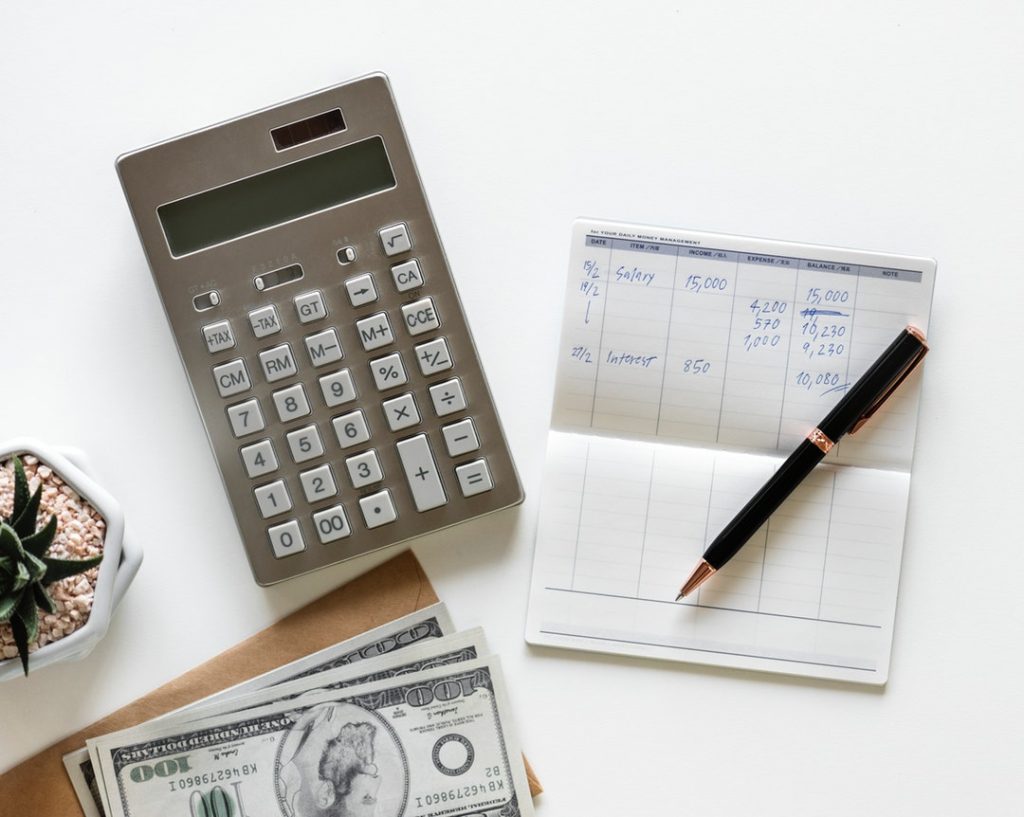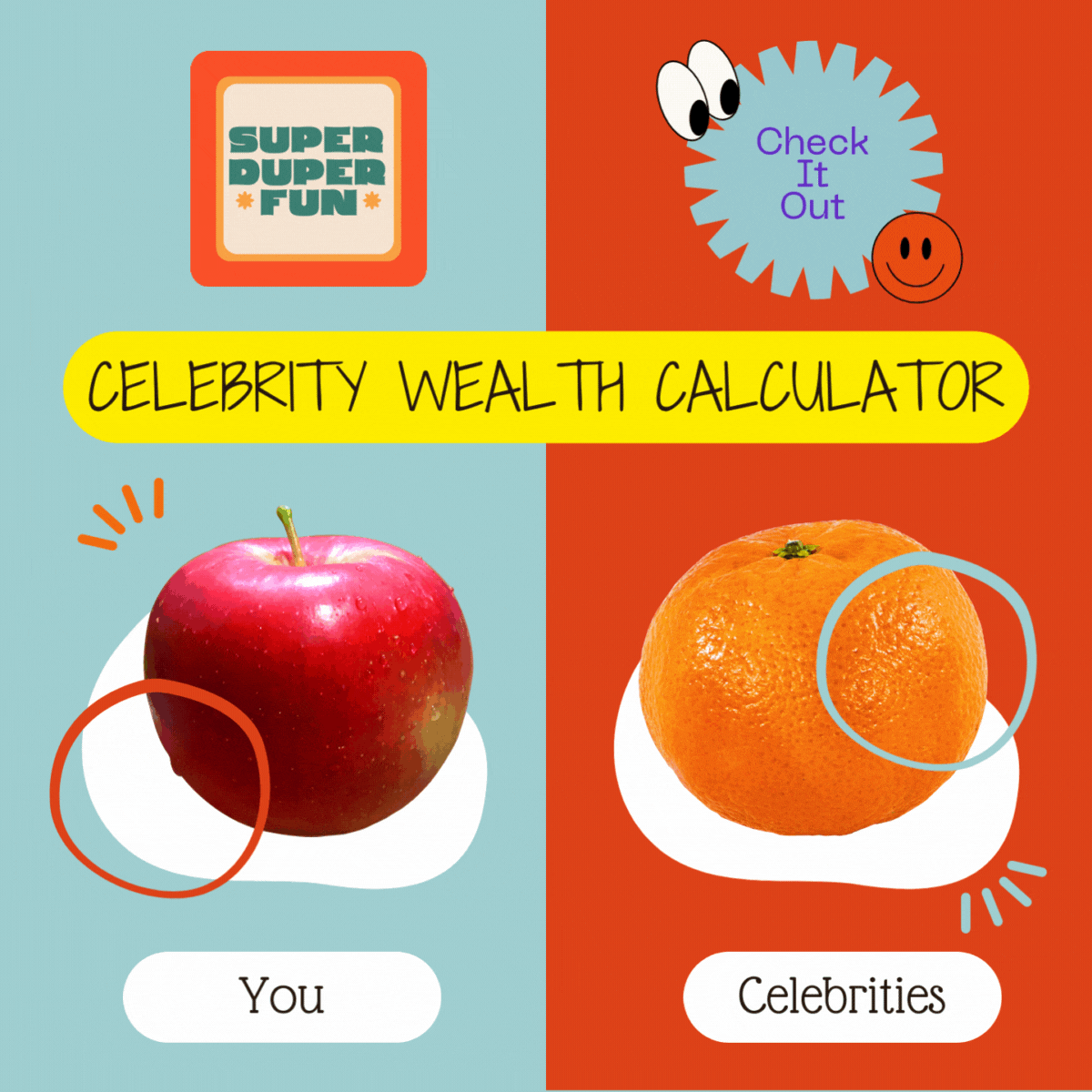If you’re deep in debt, you also have a lot of company. Even TV, Music and Instagram superstars struggle with their own debt or debt their partner brings into the relationship.
In fact, the average American household has more than $38,000 in personal debt outside of mortgages. Student loans and credit card balances make up the majority of that debt.
Of course, knowing you’re not alone won’t make it any easier to sleep at night. But because there are so many others who have gone before you, you do have an advantage.
If you’re ready to budget to pay off debt, there are several strategies that others have followed that could work for you too. Today we’re going to outline a few of the most popular and effective of those techniques.
Face the Facts
Before you can effectively do anything to reduce your debt, you need to know exactly where you stand. You need to begin by writing down all of your outstanding debts by type. Make sure you note the interest rate for each debt as well as the minimum payment you can make each month.
Make sure you’re capturing the small debts as well. Not only do little things add up, but that little credit card bill that you do manage to pay off in full each month could provide a springboard for big paybacks.
Next, you need to take a look at what you have in savings. If you’re like a lot of people you are living paycheck to paycheck.
While it may seem counter-intuitive, one of the best first steps you can take to get out of debt is to do whatever you can to put $1,000 in a savings account. That way, when life happens and you’re hit with a repair or medical bill you will be able to pay cash for it instead of borrowing and owing interest.
View Debt Differently
Getting out of debt, and staying debt free isn’t just about the numbers. It’s about not wanting to feel that horrible pit in your stomach that you felt when you first wrote down your numbers. Once you begin equating a debt-free lifestyle with a sense of freedom and a feeling of well-being, you’ll be emotionally ready to tackle the numbers.
Decide on a Payment Plan
There are three main debt reduction strategies you can follow.
Consolidation
There are two ways you can consolidate your debt that may help make it easier or faster for you to pay off. The first way is very short term and usually works for smaller debt amounts.
Some credit card companies will offer promotions to entice new customers to transfer balances they owe on other company cards to their credit card. Under this promotion, you may be offered a zero percent interest rate for the first six months or year that your account is open.
If you have a credit card debt that is currently carrying a high rate of interest, this could be a good deal for you IF you are sure you can pay off the entire balance within the promotional period. If you do, you have saved yourself that interest.
The other form of consolidation is through a consolidation loan. Companies will offer to take all of your existing debts and consolidate them into one debt that you pay back to them. Frequently these look like good deals with a lower overall interest rate than you are paying now. However, you want to make sure you read the reviews and look into the fine print on these loans.
Debt Snowball
Under this strategy, you make minimum payments on all of your debts except the smallest one. Add a set amount that you can afford to the minimum payment each month so you are making positive headway on this bill.
As soon as you finish paying that one off, you move on to the second smallest debt. This time you add what you were paying on the first debt to the minimum payment amount on this second debt to get your new monthly repayment figure.
This is by far the most popular method of repayment. Each time you cross a debt off your list, you are giving yourself some much-needed congratulations and encouragement to continue.
Debt Avalanche
This tactic is exactly like the snowball with one difference. Instead of starting with your smallest bill, you start with on the one that has the highest interest rate.
If this is a larger debt, you may not see yourself making much headway at first. To keep yourself going, breakdown the interest rate payment into actual dollars spent on interest each month.
Budget to Pay Off Debt
Now comes the hardest part of all. Getting out of debt is not going to be fast or easy. Once you have changed your attitudes about debt, however, you should be able to start seeing ways you can divert dollars you used to spend into dollars for debt reduction.
Found money is the easiest money to allocate. If you’re expecting a raise or work at a job that pays bonuses, you can direct those dollars immediately into debt repayment. You won’t miss what you never had.
Other ways to cut back on spending may not be so obvious or easy. However, if you look at the “cash” items in your monthly spending, you may find that just cutting back on dinners out could give you a substantial sum to start with.
One thing we strongly recommend is that you use some type of budgeting tool to help you keep track of your money. If you try to rely on paper and pencil methods, you’re likely to overlook “cash” purchases. Free apps like Everyday or Mint can help keep you accountable. Here’s one place with reviews on the top nine personal budget apps.
Stick with Your Plan
Once you’ve committed to a budget to pay off debt, you should begin to feel better about yourself and your prospects. Make sure you build little rewards (preferably ones that don’t cost a lot of money) for yourself as you begin to execute your plan.
Changing negative thoughts about money to positive ones can help keep you motivated as well. Remember those TV celebrities we mentioned that share your debt woes? Well, there are plenty who have overcome them as well.
You may not ever have the same net worth as Chip and Joanna Gaines for example. However, there’s nothing wrong with daydreaming a bit about how much you could be worth if you approached saving like a get out of debt plan.









Speak Your Mind